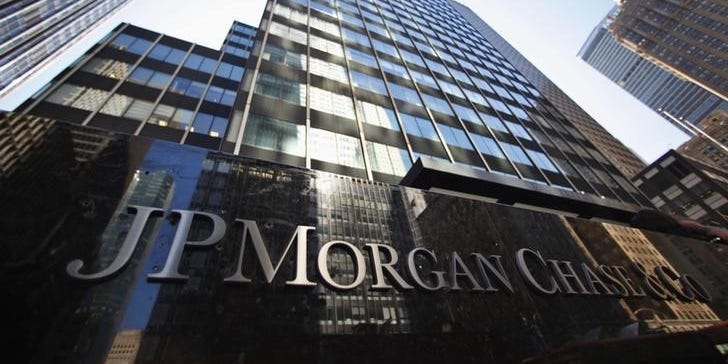Net migration from capital cities to regional areas doubles during COVID-19
[Romy Stephens] ,
[Dominic Cansdale] , and
[Lucas Forbes]
New data shows city-dwellers are continuing to move to the regions at a higher rate than before the pandemic, and those already living there say now is the time to put measures in place to help make it a sustainable trend.
Key points:
– The Regional Movers Index shows quarterly migration during the pandemic is about 15 per cent higher than in previous years
– Port Augusta saw a 54 per cent increase in the number of people relocating from capital cities
– The Commonwealth Bank says the latest migration trends could shape future investment in the bush
The quarterly flow of people from capital cities to regional areas during 2020 and 2021 was 15 per cent higher, on average than the previous two years, according to the latest data from the Regional Australia Institute (RAI).
The Regional Movers Index uses relocation data from the Commonwealth Bank (CBA) to track movement between capital cities and regional areas and shows, in terms of net migration, the shift to regional Australia during the pandemic has been more than double the pre-pandemic levels
The shift was highest the states hardest hit by pandemic restrictions, with people leaving Sydney and Melbourne at a much higher rate than other metro areas.
Melbourne held the top spot over Sydney in 2020, it was the other way around in 2021.
But it wasn’t necessarily regional areas in those states getting all the migration benefits.
In terms of numbers, the Gold Coast continues to be the most popular destination, accounting for 11 per cent of all capital city dwellers who moved to regional areas during 2021.
The next most popular destinations were the local government areas of the Sunshine Coast, Greater Geelong, Wollongong and Lake Macquarie.
The towns that had the strongest annual percentage growth in migration from capital cities in the full 2021 calendar year were all in Queensland and South Australia.
Port Augusta in SA topped the list, closely followed by Douglas and Western Downs in Queensland, Mount Gambier in SA and Banana in Queensland.
Regional Australia ‘remains strong’
CBA executive general manager for regional and agribusiness banking Paul Fowler said the trends were underpinned by unemployment rates, tourism and agriculture.
“We see unemployment rates in regional Australia are 3.8 per cent compared to metropolitan centres at 4.1,” Mr Fowler said.
“Tourism into regional Australia remains very strong and, actually, relatively comparable to pre-pandemic levels.”
Mr Fowler said record commodity prices and “excellent outcomes from the harvest late last year” provided an opportunity for farmers to reinvest in their own business as well as their communities.
Regional hotspot
Business Port Augusta spokesperson and Ray White Port Augusta principal Darren Sherriff thought the stress of COVID-19 had pushed some people to make the move.
“Since COVID hit we’ve noticed a big spike in enquiry and we’ve seen an influx of people purchasing,” he said.
“Our volumes [of house sales] from pre-COVID have probably tripled and a lot of that is people realising they don’t have to work in the office.”
Mr Sherriff said the rental market was also becoming very competitive in Port Augusta.
“Pre-COVID we were sitting around six per cent vacancy rate, now we’re down well and truly in the threes and sometimes there isn’t anything available with our office,” he said.
Gold Coast still popular
Gold Coast was the most popular local government area for metro-movers during 2021, with an 11 per cent share of regional migration.
Mayor Tom Tate said he wanted to recent spike in migration to be “sustainable long term love”.
“I welcome that we’re being loved because with that comes money and with that comes jobs,” he said.
“Don’t just love us and leave us and then it’s a boom and bust scenario.”
The Gold Coast had already been experiencing significant population growth prior to the pandemic but estimates that the city’s population would reach 1 million by 2041 may now be conservative, with [indications that level could be hit five years earlier](/news/2021-10-17/gold-coast-public-transport/100538104) .
But it has created multiple issues, with [median house prices jumping 36 per cent in the past 12 months](/news/2022-02-15/regional-houses-selling-quick-gold-coast-sunshine-coast/100830788) alone and vacancy rates remaining stubbornly below one per cent — a third of what’s considered a balanced market.
Adding to the housing crisis
RAI Chief Economist and Acting CEO Dr Kim Houghton said while the Regional Movers Index showed [an increase in people moving from capital cities](/news/2021-07-08/housing-shortage-regional-nsw-port-macquarie-rental-market/100245346) , it showed a bigger increase in people staying in the regions.
“We think that had a big impact on the housing issue because, of course, people not leaving regions mean they weren’t leaving their houses, putting their houses up for sale or up for rent,” he said.
“You couple that with this increase in people looking for a regional shift and suddenly you get this real pinch point in housing.”
Investing in local infrastructure
Mr Fowler said the latest trends from the Regional Movers Index could help shape future investment into regional economies.
“Whether that be housing, whether that be infrastructure,” he said.
Richard Moffatt runs two city-style dining venues in the southern New South Wales city of Wagga Wagga, and said government and private investment in local infrastructure had a “tremendous flow-on effect to businesses”.
“Most of those sorts of workforces and contractors and advisors are coming from the city so that’s filling the hotels, it’s filling the restaurants, it’s filling the cafes.
“Even in our own little corner of the hospitality sector in Wagga there’s definitely a flow-on so the more infrastructure we have here in Wagga, it benefits everybody.”.
